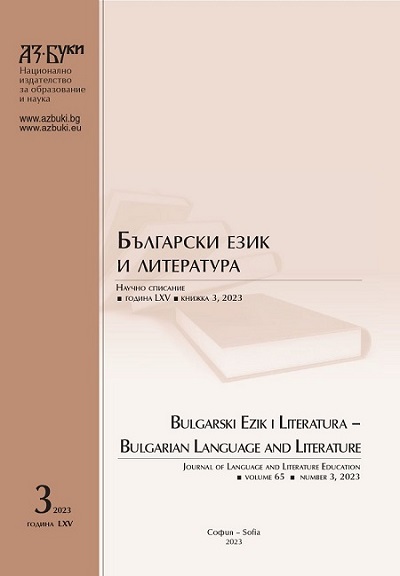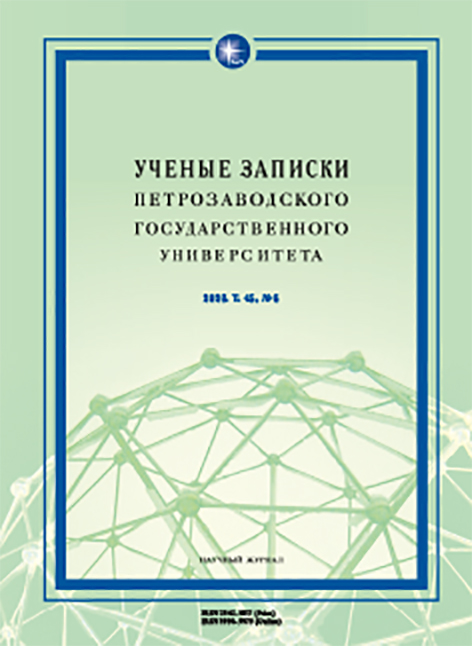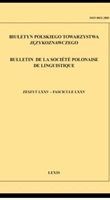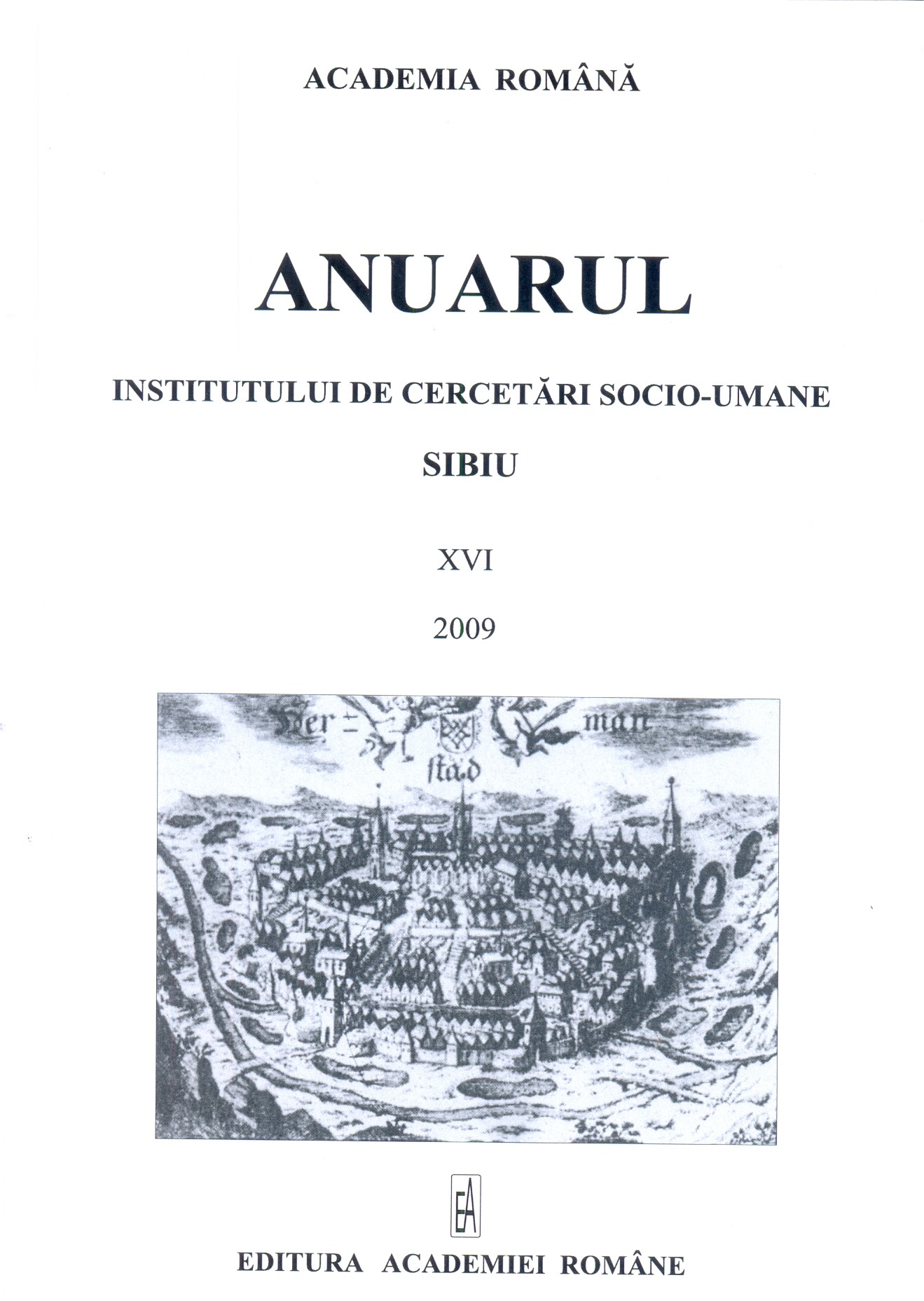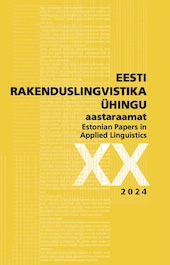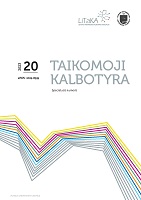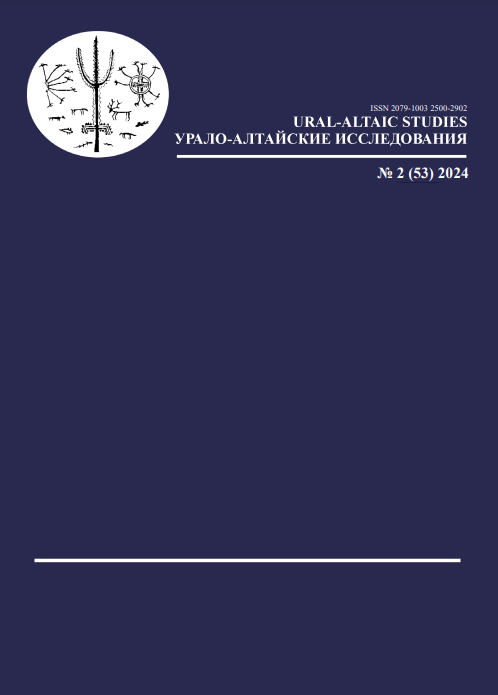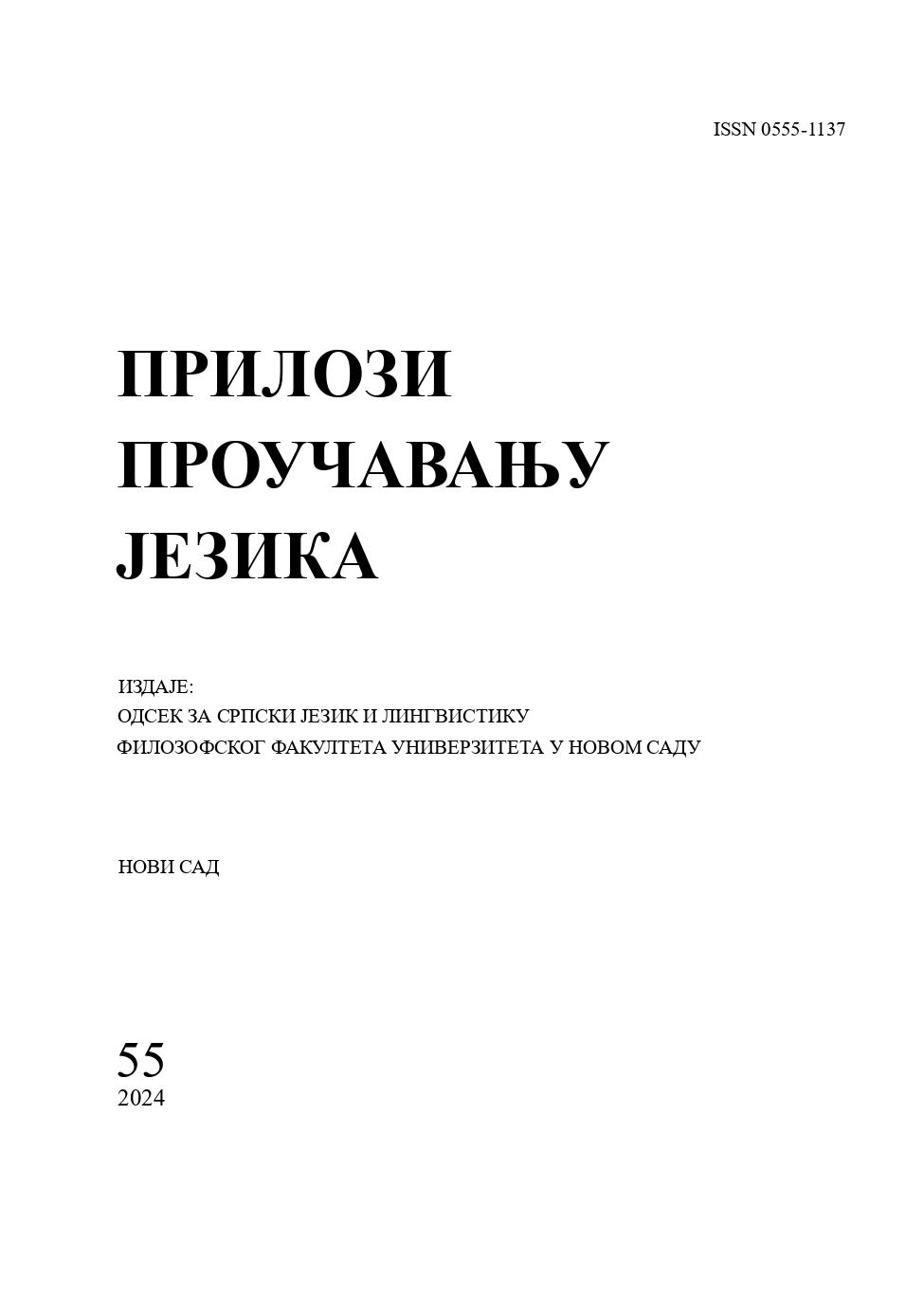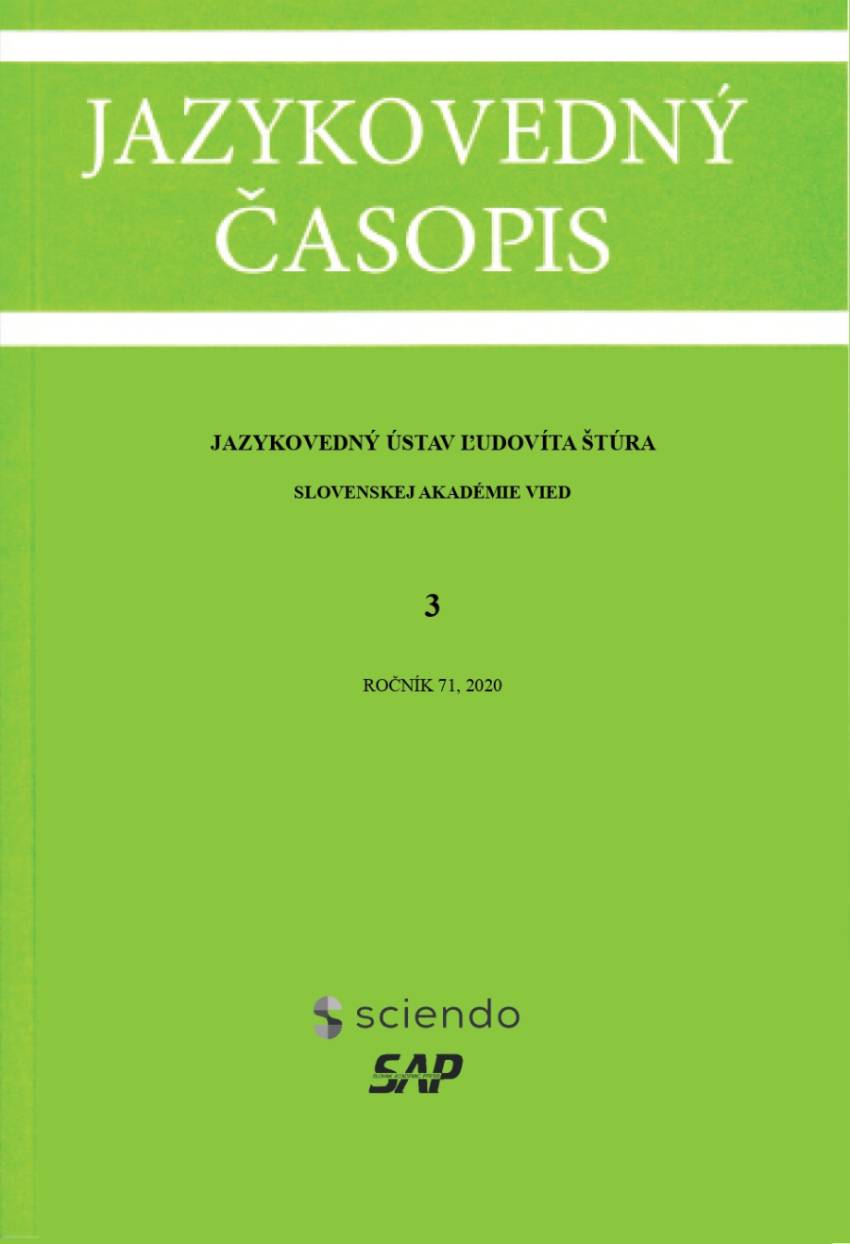
Maďarské nárečia na Slovensku: súčasnosť a budúcnosť
The present situation of Hungarian dialects in Slovakia is similar in many respects to that of the dialects of other Hungarian regions (including dialects in Hungary and the cross-border dialects as well), but it also differs from them in other respects. It is well known that there are more differences between Slovakia Hungarian dialects and dialects in Hungary and fewer differences between the former and other minority Hungarian dialects. Intense change in the dialects and the spread of the standard at the expense of the dialects are all-Hungarian phenomena, but the extent of these varies greatly between the situation in Hungary and that of the minorities. The language use of the Hungarian minorities is more dialectal and the spread of the standard is slower among them in Hungary, but their common feature is that changes usually approach the standard. In our study, we discuss the present situation of Hungarian dialects in Slovakia, and attitudinal studies on Slovakia Hungarian dialects and the effect of attitudes on the use of dialectal elements in everyday language use.
More...
